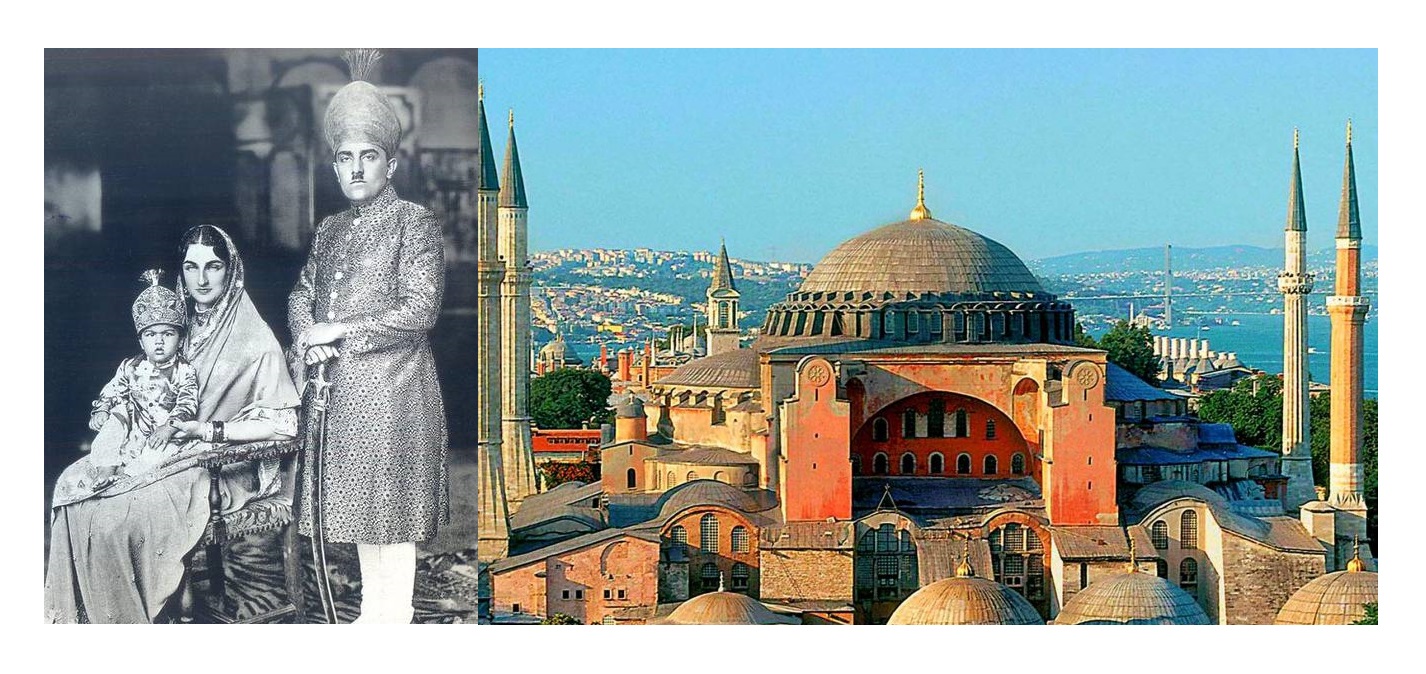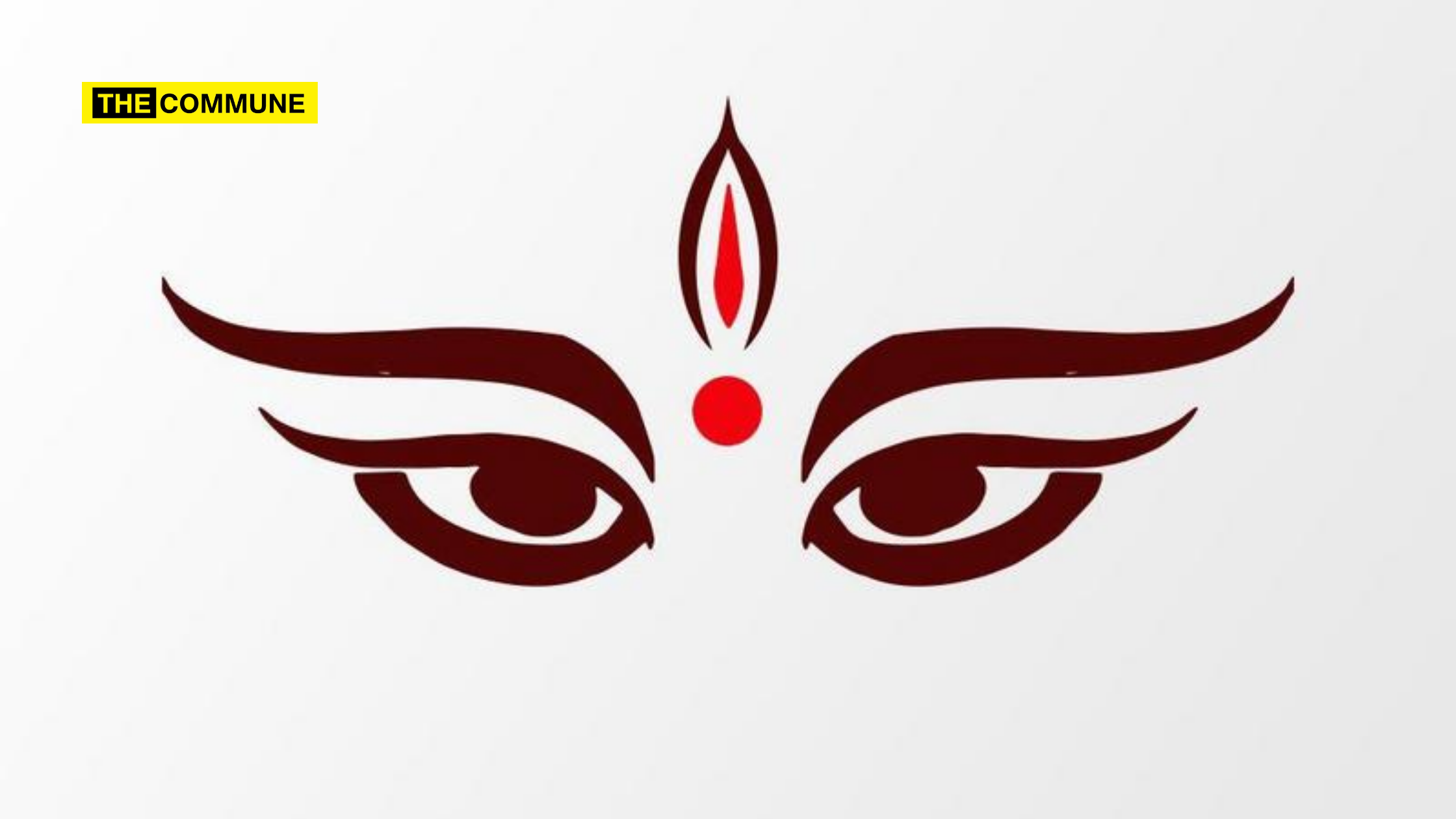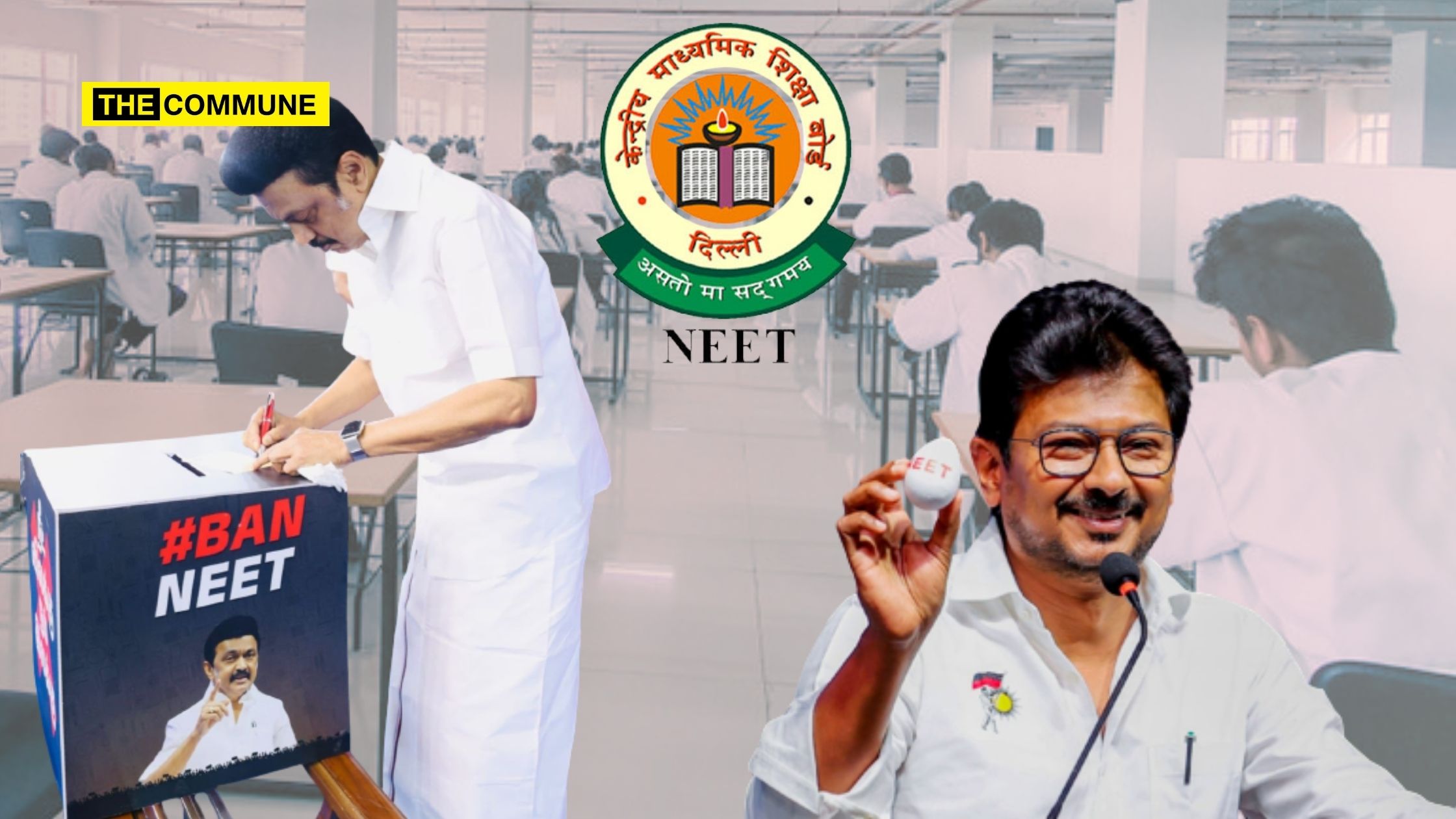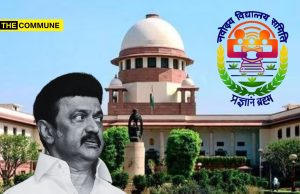
For the sake of global peace and prosperity, the incumbent Turkish President Recep Tayyip Erdogan has revived the memories of brutality of the Ottoman Empire, by virtually converting the Church-turned-Mosque-turned Museum, Hagia Sophia into a Muslim place of worship thus turning Turkey into an Islamist Republic from an earlier version of it being atleast a namesake secular state. This shade of fanatism of the Turkish President stems from his ambitions to become a modern-day Khalifa of the Muslim world, reinvigorating the supremacy of the Ottoman Turks over other Muslim nations.
Hagia Sophia has now become a battleground between the Christian Right and the Muslim Right, and as far as India, a secular republic situated miles away is concerned, it is a trivial matter.
However, when we zoom into this triviality, we can understand the connections between India and the Hagia Sophia mosque.
The Hyderabad Nizam happens to have an intimate, historical connection with the current situation in Turkey. The Hyderabad Nizam and Turkish Caliphate – two of some of the world’s most orthodox Muslim families are deeply connected with the marital ties. The links dates to the days of Princess Niloufer of the Turkish Royal Family and Durru Shehvar, the daughter of Khalifa Abdul Majid. The Ottoman and Hyderabad Nizam’s family came close to each other during the days of the Khilafat Movement, which itself was started by Muslims in non-partitioned India to protest against the dissolution of the Ottoman Empire.
Maulana Shaukat Ali, the Khilafat Movement leader and his brother Maulana Mohammad Ali demanded that the Nizam of Hyderabad start paying a pension of 300 pounds a month to the Khalifa-in-exile. During 1924, Turkey had become a Republic and the Caliphate was abolished then. As a necessary corollary, the royal family was sent in exile. The Khalifa, Abdul Majid had settled down in Nice, a southern French Mediterranean port city. Nizam was the world’s richest man at the time and Islamist elements, including those in India were desperate to support and restore the Ottoman Caliphate. The Hyderabad Nizam and the Caliph thus shared a typical ruler-clergy relationship.
Seven years later, the Khalifa was looking for a match for his daughter, Durru Shehvar. Again, it was the Khilafat Movement leader who proposed the match between her and Azam Jah, the elder son of the seventh Nizam, Mir Osman Ali Khan who was then the richest man in the world. The story then had a twist. The marriage was not easy to pull off. Durru was the daughter of the Caliph-in-exile and thus sought by Muslim royals across the world. There was a disagreement regarding the Mehr (dowry in lieu of maintenance) amount and it was finally settled at 40,000 Pounds. With Shaukat Ali’s intervention, the Caliph offered for the same Mehr, his brother’s daughter Princess Niloufer in marriage to Nizam’s younger son Moazzam Jah.
Later, when Abdul Majid died and his daughter Durru Shehvar wanted to get him buried in the graveyard attached to the holy mosque in Madina, Niloufer had come to her cousin’s rescue. She had contacted Ghulam Mohammed, a former official in the Nizam’s Government, who was at the time the President of Pakistan to ensure that Majid got buried in Saudi Arabia. Till his very last, Nizam or its officials and the last Caliph of Islam maintained close ties. Hagia Sophia was turned into a museum under Mustafa Kemal Ataturk, a secular leader, in 1934. Today, the conversion of Hagia Sophia to a Mosque is virtually a revival of the Caliphate era, which in turn, has an intimate link with India. The conversion of the historical building might be gaining a colour of Christianity vs Islam, but the cathedral-turned-mosque-turned-museum-turned-mosque also has an India connection.
Inputs taken from: TFI Post
(Views expressed are the author’s own)




